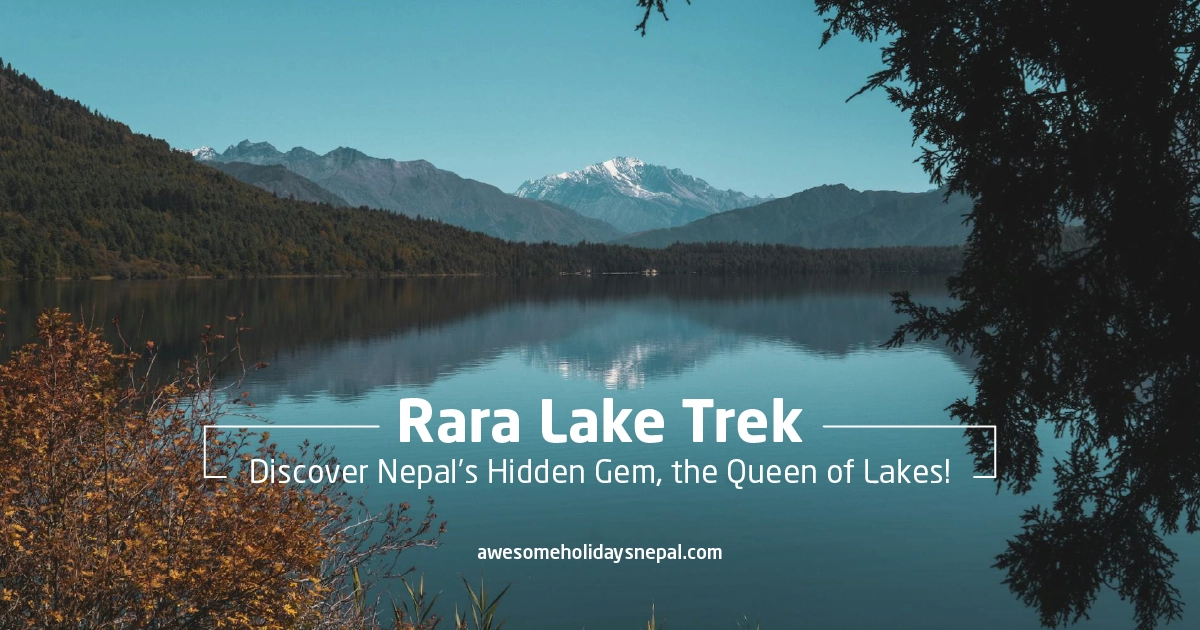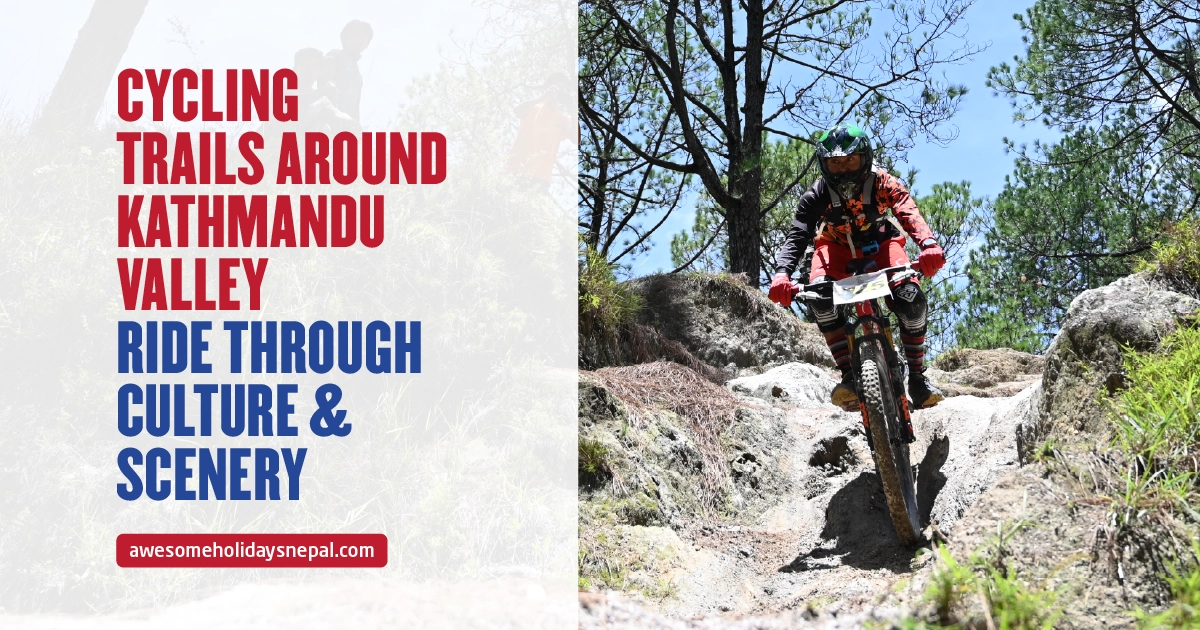9 Interesting Facts About the Everest Base Camp Trek
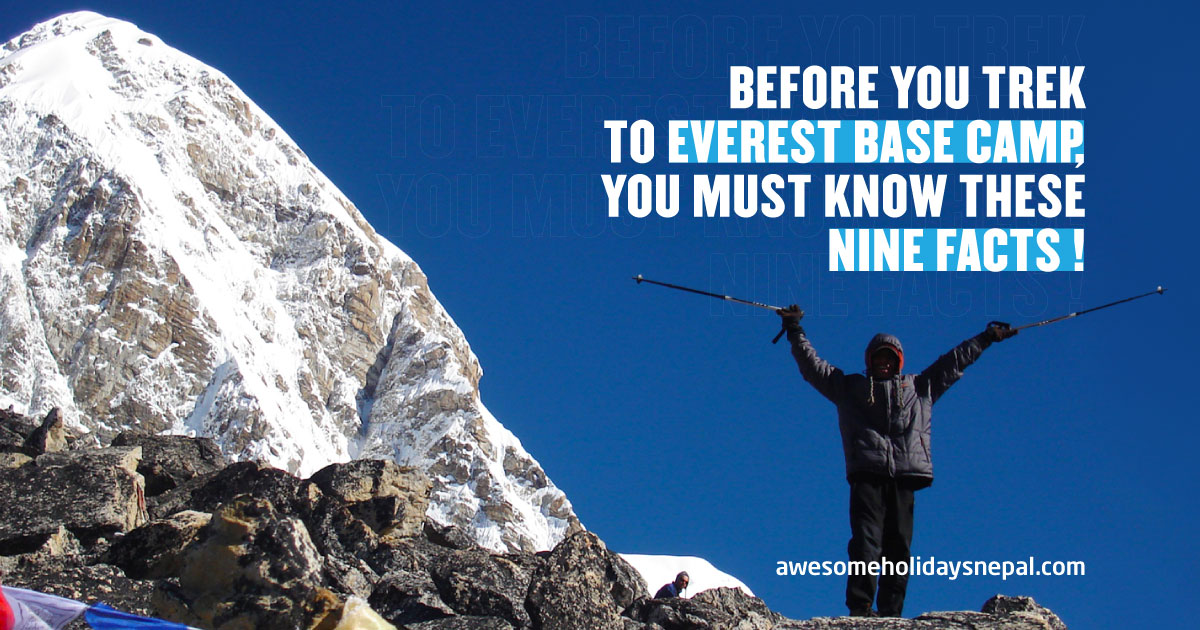
Reaching EBC is more than just a journey to the foot of the world’s highest mountain. It is an experience for a lifetime, but the adventure is incomplete without knowing these interesting 9 facts about the Everest Base Camp trek.
The trek itself is full of surprises—small settlements clinging to the brink of cliffs, and a hotel at 3,880m.
Whether you’re a hiker, a dreamer, or simply someone interested in Everest, consider embarking on the Everest Base Camp Trek. Here are nine facts about the Everest Base Camp Trek, an adventure of a lifetime.
9 Facts About the Everest Base Camp Trek
1. Lukla – The Most Dangerous Airport in the World
You commence the Everest adventure with a flight to Tenzing-Hillary Airport in Lukla, an airport with a reputation for hair-raising landings. Why not? The runway ends at a sheer drop above the valley below, so it is only 527 meters long. There’s no room for second tries—pilots have to be exact.

Landing here is itself a thrilling experience. One of the most difficult runways for pilots, given the strong winds, fickle weather, and the elevation, is there. But after you land, the adrenaline rush sets the ideal tone for the journey ahead. If you want to know more about the Lukla Airport, do read our blog.
2. Namche Bazaar – The Unofficial Capital of the Khumbu Region
Namche Bazaar represents the unofficial capital of the Khumbu region. The pulse of the Everest area beats out of Namche Bazaar. At 3,440m, it is the last big town before going further into the range. From trekking gear stores to bakeries to relaxing teahouses and an Irish pub—yes, a pub at 3,440m—this busy Sherpa village offers everything.
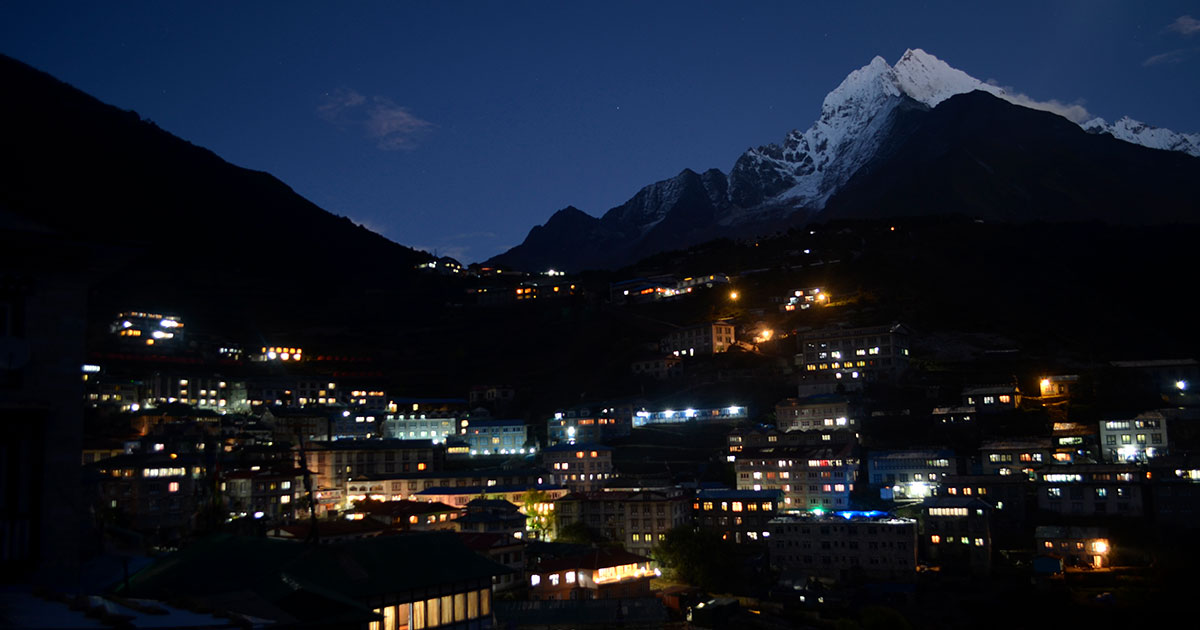
It is in addition an important acclimatization point. Spend one more day here to acclimate to the altitude and tour nearby sites like Everest View Hotel. Namche has a weekly market every Saturday where vendors from Tibet and adjacent communities sell their wares.
3. Everest View Hotel – The Highest 5-Star Hotel in the World
Picture yourself at 3,880m sipping coffee with Everest straight ahead. Famous for their stunning panoramic sights of Everest, Lhotse, and Ama Dablam, the Everest View Hotel. Known as the world’s highest-altitude hotel, it is a favored acclimatization day trek from Namche Bazaar.
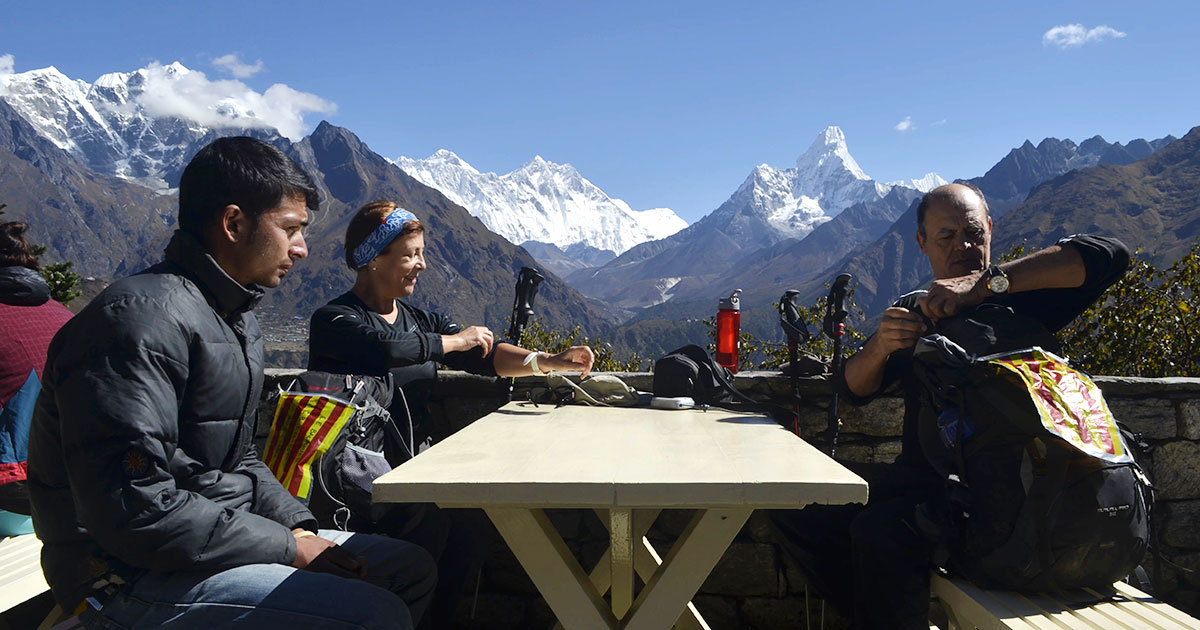
Though the path to the hotel is rugged, the terrace offers an amazing vista once you arrive. Many hikers pause for a hot drink and to take in the Himalayan splendor before their trip resumes.
4. Tengboche Monastery – The Spiritual Core of the Himalayas
The largest monastery in the Khumbu area, Tengboche Monastery is nestled at an altitude of 3,867 meters. This monastery provides a serene and otherworldly encounter with Everest rising in the background.
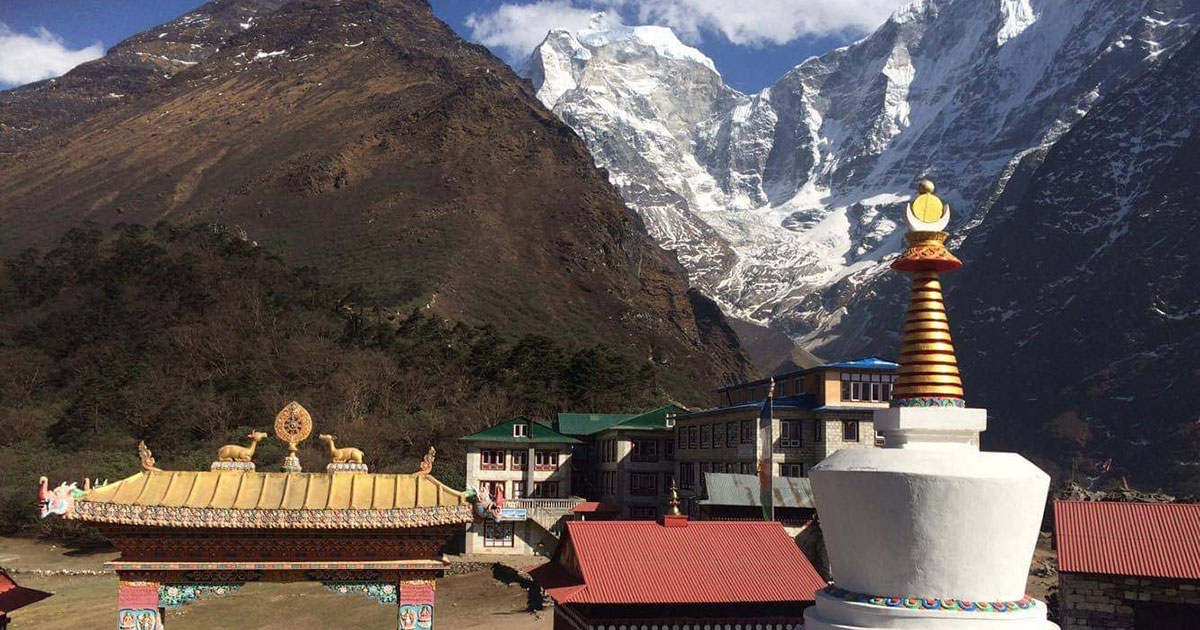
When the monks intone holy Buddhist chants, filling the air with rather spiritual energy, hikers frequently attend in the course of the morning or evening prayers. Trekking in November would allow you to see the vivid Mani Rimdu Festival, a Buddhist festival packed with masked dances and religious rites.
5. Gorakshep
Gorakshep is the final inhabited stop before Everest Base Camp at 5,164m. Specially intended for hikers bound for Everest’s base camp, this little, tough village stands alone. This is the point at which you will drop your backpack, get some food, and then do the last push to EBC at 5,364m.
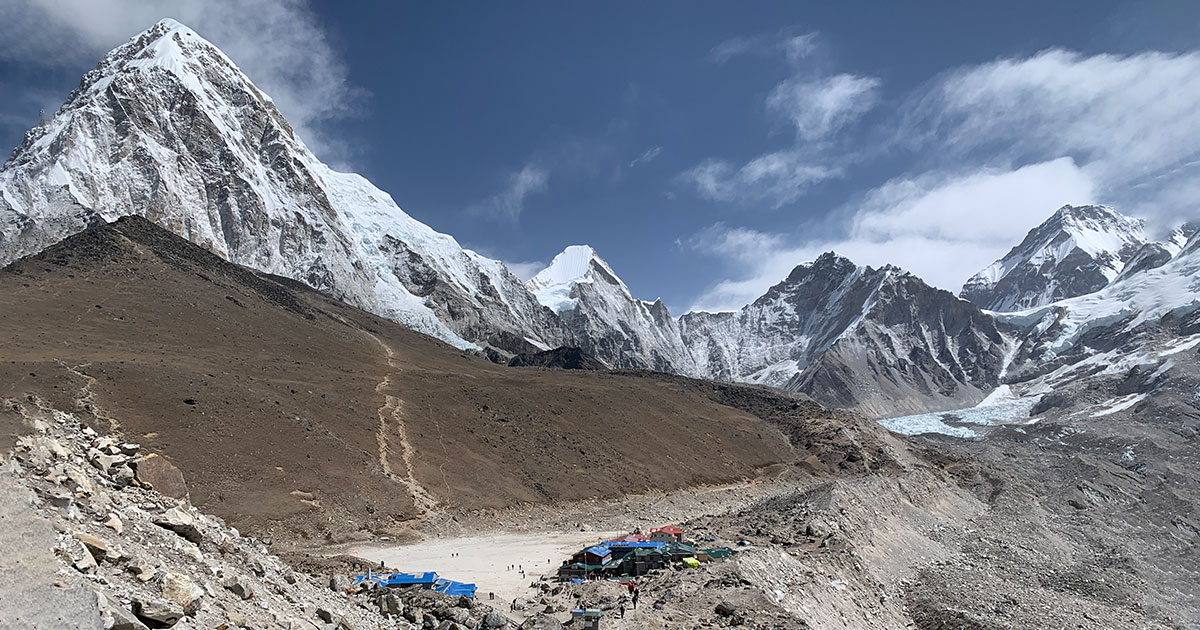
Also, from here, every step takes work, so be warned: the air is sparse and frigid. You can also climb Kala Patthar (5,545m) for some of the most excellent views of Mount Everest—better than those at base camp itself!
6. Sagarmatha National Park – The Highest UNESCO Heritage Site
Sagarmatha National Park is situated at an altitude of 2,845m to over 8,848m, and located in Solu Khumbu district of eastern Nepal. It is one of the oldest and highest National parks in Nepal. Sagarmatha National Park is home to various rare wildlife like Himalayan tahrs, snow leopards, and red pandas.
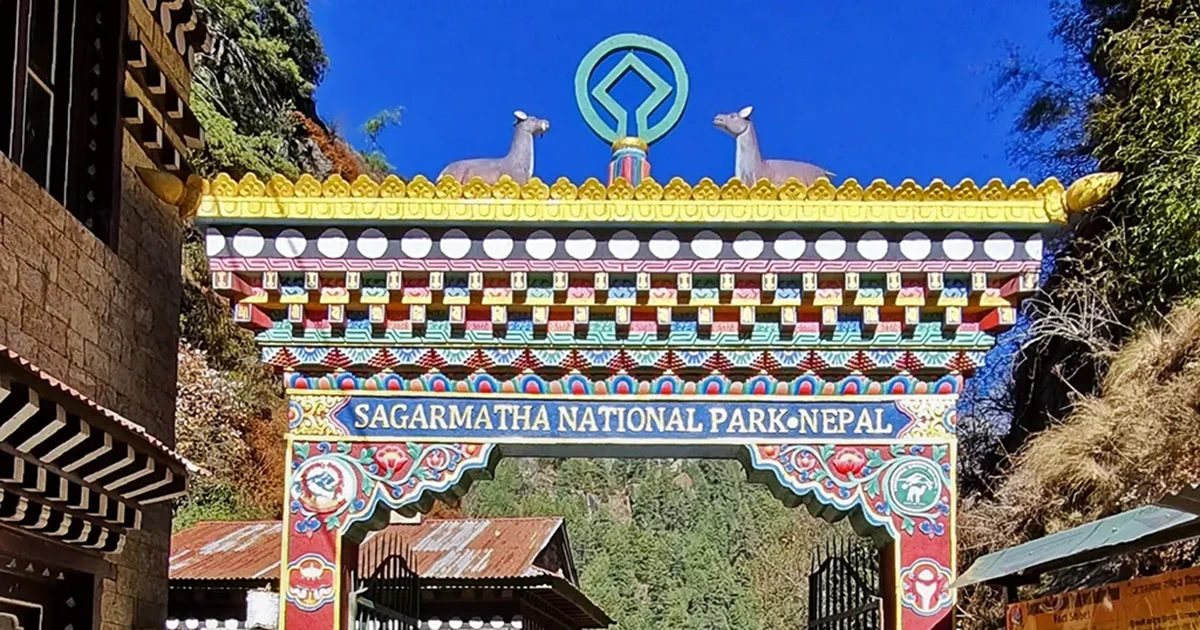
The park also preserves the delicate Himalayan ecosystem, which includes centuries-old rhododendron forests, glacial rivers, and deep ravines. Before legitimately entering the park, hiker will have to go through the entry point in Monjo.
7. Gokyo Lake – The Highest Freshwater Lake System
Everest Base Camp isn’t the only spectacular destination in this region. Nearby, at 4,700m–5,000m, lies the Gokyo Lake system—the highest freshwater lake system in the world. The shimmering blue waters against the backdrop of snowy peaks create an otherworldly sight.
Yes, you heard it right! The Gokyo lake is one unmissable highlight of the Everest region. The blue water reflecting the glistening peak is best thing to observe from Gokyo Ri.
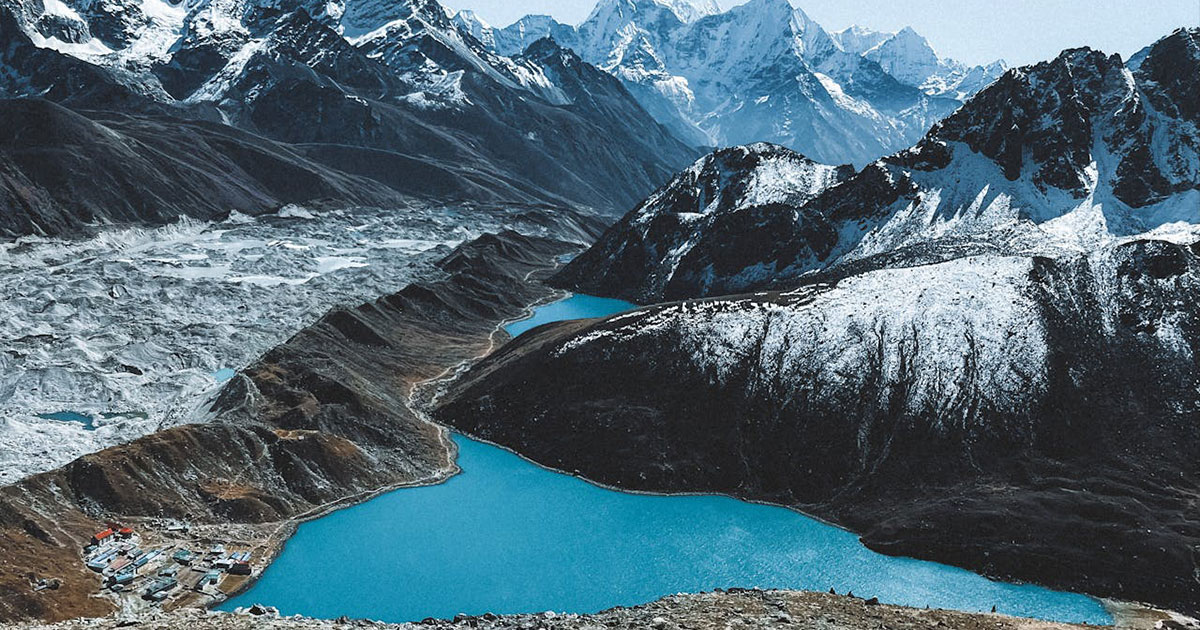
Trekkers often combine the EBC trek with the Gokyo Ri trek, adding extra days to cross the Cho La Pass (5,420m) for an epic circuit. If you have the time and stamina, Gokyo is worth every step.
8. There Are Two Everest Base Camps
Although most individuals believe there is just one Everest Base Camp, there are actually two: one in Nepal (South Base Camp at 5,364m) and one in Tibet (North Base Camp at 5,150m). Trekkers hike to the Nepal Base Camp, where climbers set up before the summit.
One can drive to the Tibetan Base Camp; there is no need for trekking. The base camp is located in China’s Tibet Autonomous Region on the northern side of Everest.
Visiting the fabled South Base Camp—the starting site for some of the most fearless mountaineers in history—will be your destination if you are trekking to EBC in Nepal.
9. The World’s Highest Cafe
Amazingly enough, the Everest region sports a cafe at crazy elevations. Known as the “World’s Highest Bakery Cafe,” the world’s highest cafe is situated at an altitude of 5,165 meters in Lobuche.
From a barista serving you hot coffee to a wide range of bakery selection you will find everything in this cafe. You will have a pleasant experience of sipping coffee with the most majestic view of the towering snow-capped peaks in the background.
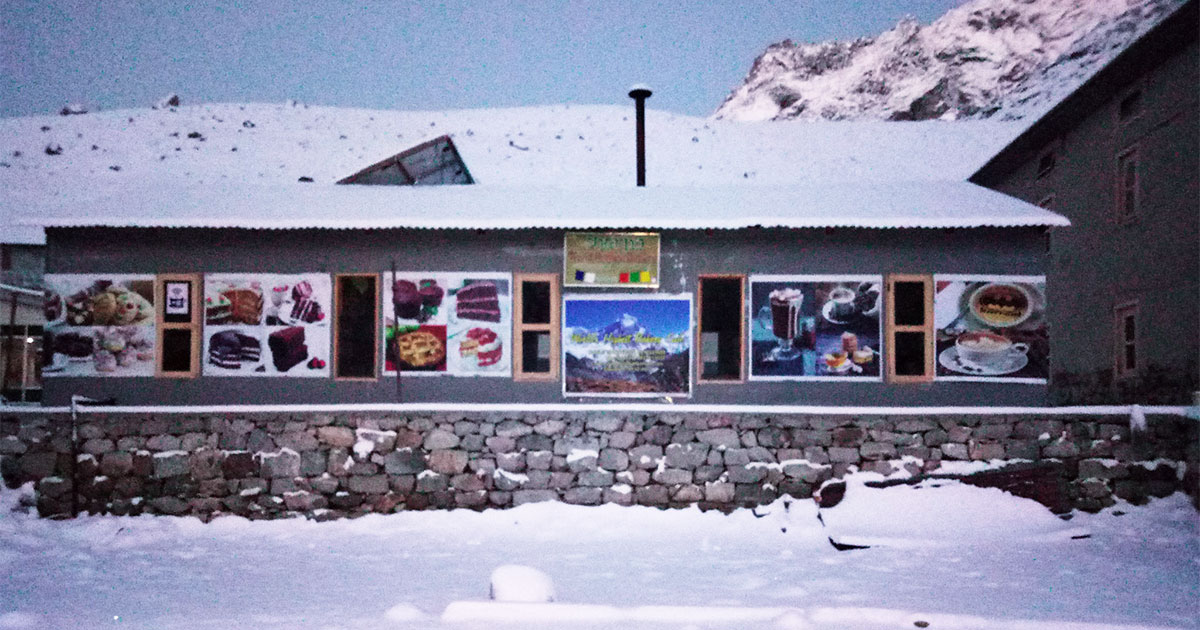
This bakery cafe serves new cakes, pies, and pastries which is something you won’t be expecting at this elevation. A piece of warm apple pie here seems heaven after several days of dal bhat and plain teahouse dinners. And that too with a view, isn’t it amazing?
In addition, you will also have a chance to enjoy documentary movie night on the top.
Final Thoughts
More than simply a stroll to the base of the tallest mountain, the Everest Base Camp Trek offers a trip filled with history, a range of cultures, adventure, and severe scenery. Every stage of this journey—from dangerous airports and old monasteries to high-altitude lakes and bakeries—provides a memorable experience.
Contemplating a hike to Everest Base Camp?
Well, then don’t think too much, the adventure and ambiance of Everest region is waiting on you. Be ready for rare views, thin air, and recollections to last a lifetime.
Don’t stop being adventurous!
FAQs
Expand AllWhat is Gokyo Lake famous for?
Related blog posts
Discover a choice of tourist destinations loved by most of our visitors. Whether you're on a jungle safari to spot rare animals or walking through a world heritage site, these well-planned itineraries cover the major highlights of Nepal.


